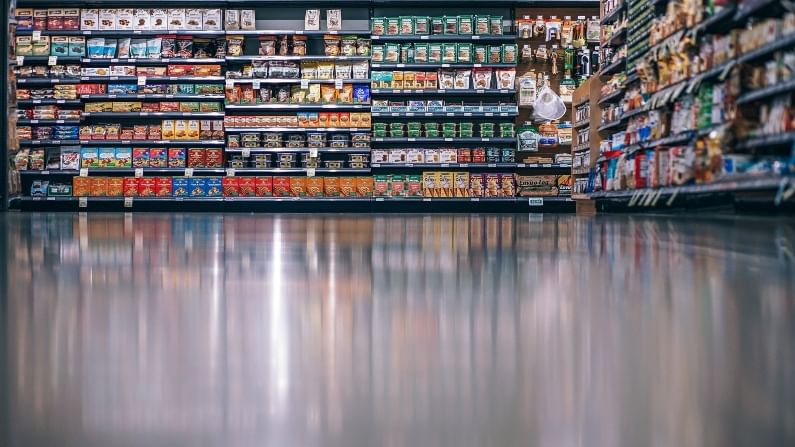Inflation figures show bigger companies can pass on costs owing to lesser competition
If competition continues to be constricted, consumers can expect the global surge in commodity prices to pinch further
- Vivian Fernandes
- Last Updated : March 13, 2021, 17:30 IST

An interesting aspect of the inflation figures that were officially released on March 12 is the rise in core or non-fuel, non-food inflation to 5.9% in February over 5.7% in January. This reflects the rising pricing power of bigger companies.
Pronab Sen, India’s former Chief Statistician, says there is low level of capacity utilisation in the economy. Small enterprises have either shut down due to pandemic-induced disruption or have not been able to revive their production capacity to levels prevailing before. The resultant decrease in competition is enabling the dominant companies to pass on the increase in costs, he says.
A business confidence survey which Delhi-based economic research agency NCAER published last month shows an improvement in outlook, though large firms were decidedly more optimistic. Nearly 85% of large-firm respondents said their capacity utilisation during October-December 2020 was at or above optimal levels – a share comparable to the year ago period. Among MSMEs, 66% said their capacity utilisation was optimal compared to nearly 94% who said that about October-December 2019.
If competition continues to be constricted, consumers can expect the global surge in commodity prices to pinch further. Commodity prices were in decline in 2020. They have revived because of loose monetary policies being pursued by major central banks, the roll-out of vaccinations and the huge $1.9 trillion American stimulus approved on 11 March.
It gives most Americans $1,400 to spend on, in addition to the $600 cheques they received in December. Much of this money has gone to poor households who will spend it in on consumption. America’s trade deficit, which was 50 percent more than it was before the pandemic, will rise as it sucks in more imports.
A weaker dollar will help emerging economies like India to import more pushing up commodity prices. Crude oil prices, which had collapsed in April last year, briefly rose to $70 a barrel this month as oil producers agreed to restrain output.
Retail inflation also rose to 5.96% in February up from a 16-month low of 4.06% in January. It was caused mainly by a rise in food inflation which increased by 3.87% from February last year. Food and beverages have nearly a 46% share of the consumer price index. The other trigger for the rise in retail inflation was fuel prices which rose by 3.53% from February last year.
Within the food basket, oils and fats saw inflation of 20.78%. The price rise in pulses was 12.54% and that of fish, meat and eggs around 11%. Since India does not produce most of the edible oil it consumes, inflation in this category is imported.
The Vegetable Oil Price Index of the Food and Agriculture Organisation (FAO) averaged 147.4 points in February – the highest since April 2012, on the back of firmer palm, soy, rapeseed (mustard) and sunflower oil prices. Brazil’s soy harvest has been delayed by unusually wet weather, while that of Argentina has been affected by sporadic dry conditions during the growing season. Malaysia has drawn down its palm oil stocks because of heavy rainfall in January, which was the second highest in 20 years.
Download Money9 App for the latest updates on Personal Finance.
Related
- Building a portfolio with Debt Mutual Fund
- 30 years of reforms: Looking back at a watershed moment
- Regulatory changes required for making SPACs a successful regime
- Term plan: Beware of these traps
- Insurance Awareness Day: Are you protected from these risks?
- Overspending is toxic for your financial health; here’s how you can stop it

